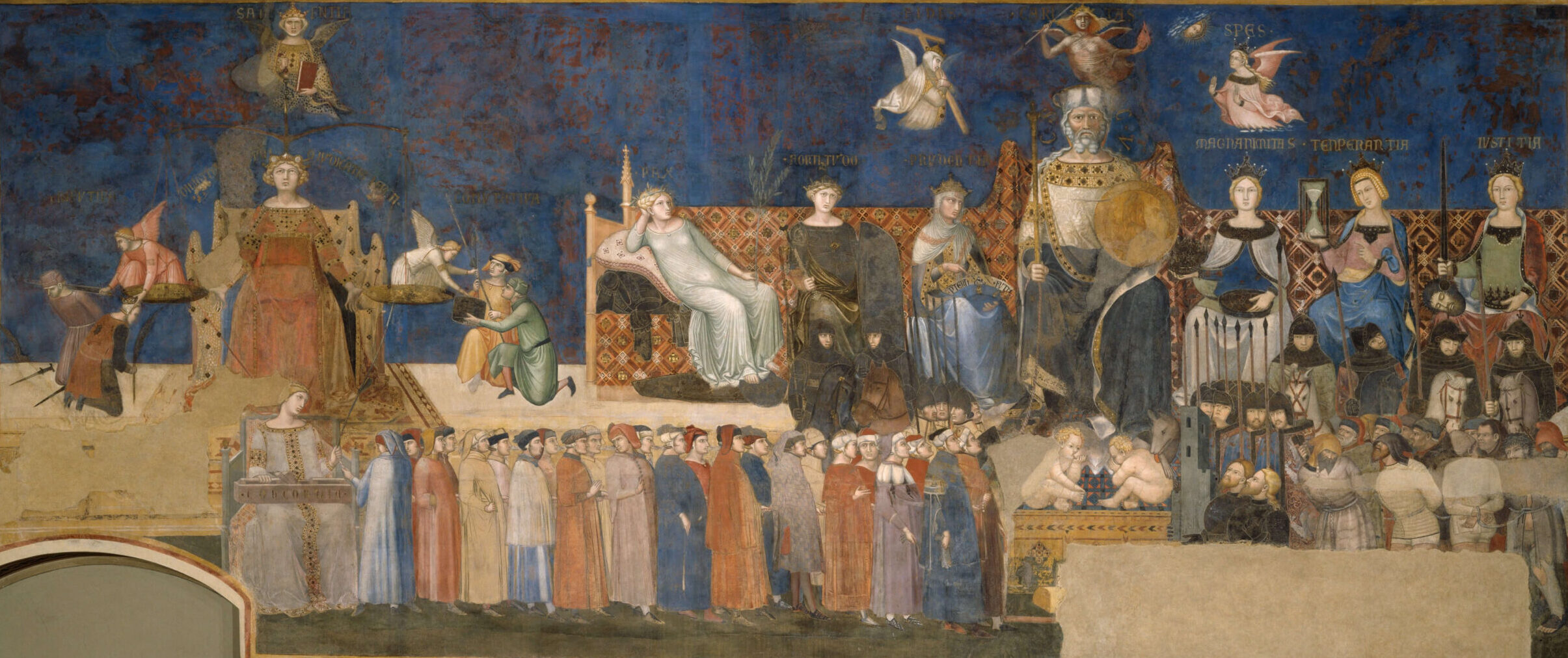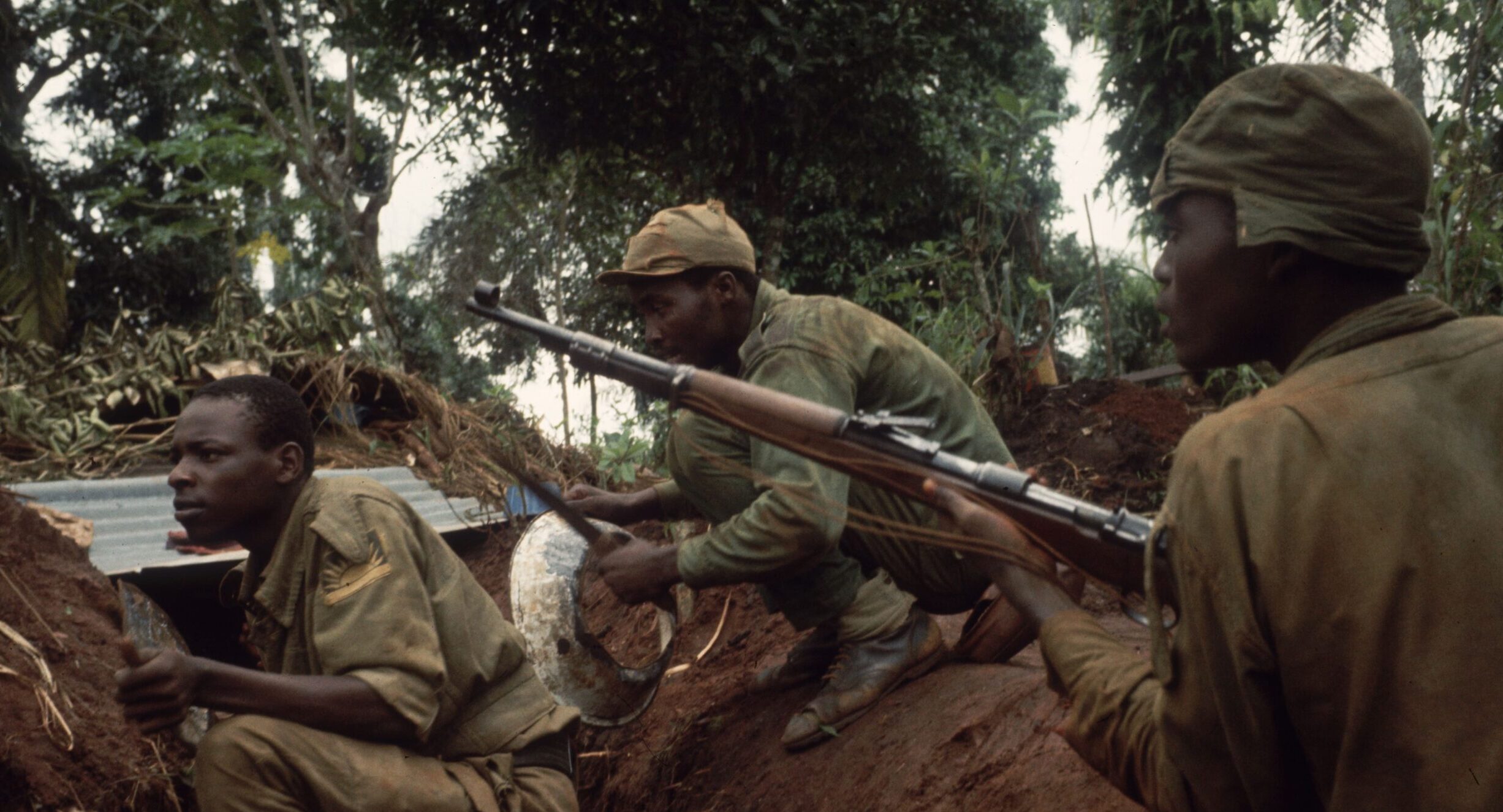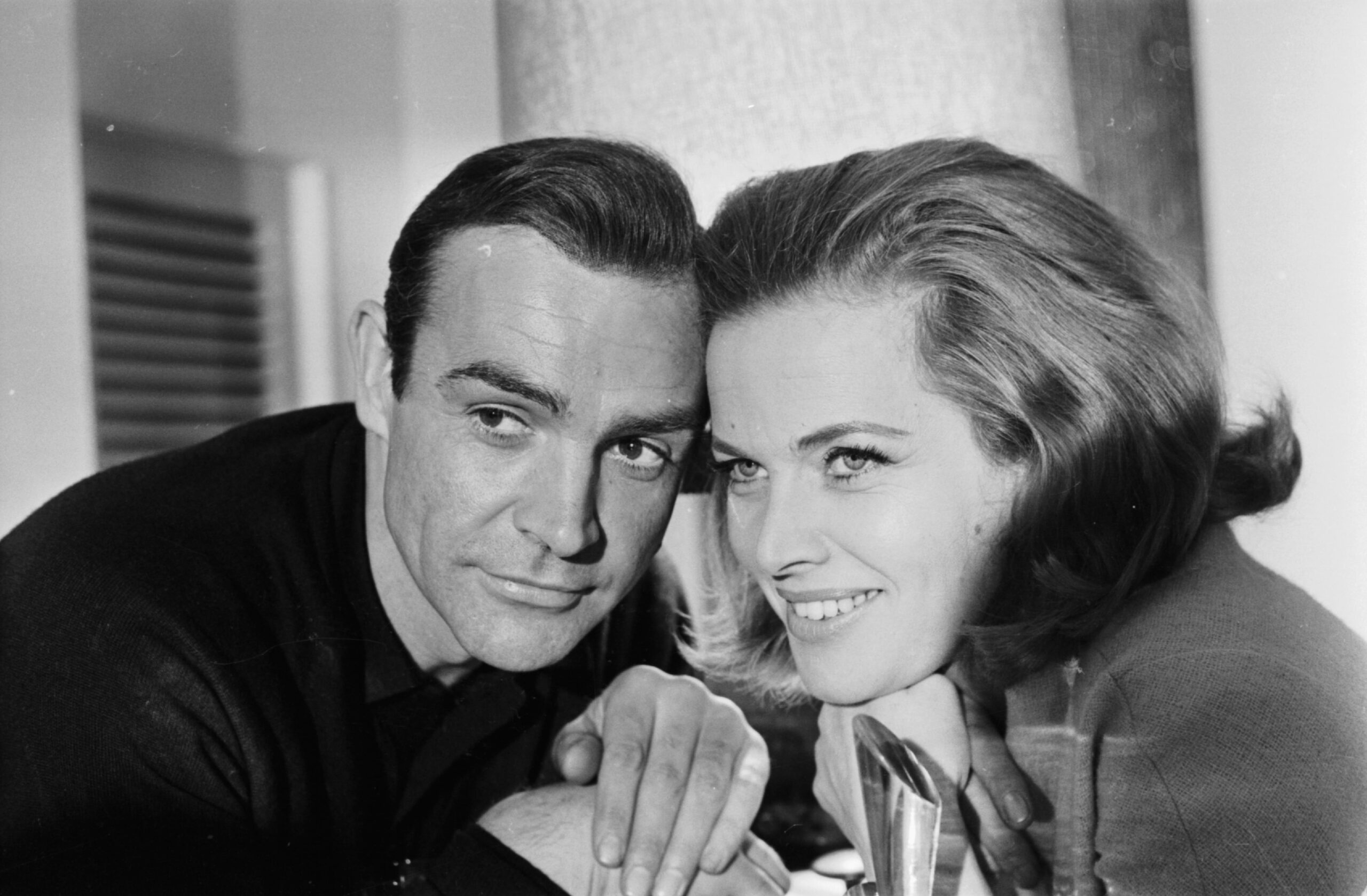For much of his career, Eliot’s poetry and prose had, in one sense, been uniformly critical. They had succeeded in pointing out what ought to be present in modern life—in human life—if man were not to be reducible to a beast. But even in Murder in the Cathedral, where we witness only Becket’s last days under exceptional circumstances, Eliot had succeeded more at gesturing toward the demands of Christian life than in describing the contents of that life. Taking a deleted passage from that play for a starter, Eliot set to work writing what would become his greatest poem, Four Quartets. The ambition of that four-part sequence was to provide the fullest account of the truly Christian life the modern world had yet seen. Having diagnosed the inadequacy of devotional poetry on several occasions, Eliot’s poetic sequence would avoid them. Rather than expressing a feeling, the poem provides us the dramatic moments as well as the full intellectual architecture of faith necessary for us to feel.
Named after English and American places, each of the poem’s installments locates the experience of faith at the nexus of human history and theological knowledge. In “Burnt Norton,” set partly in the rose garden of an ancient English estate, we encounter a meditation on the opposition of time and eternity; the Unmoved Mover Who is God, and the temporal life that is always changing; the experience of the body and the knowledge of faith; and the impossible but real reconciliation of these things in Christ’s Incarnation. “East Coker” is set in the Somerset village from which Eliot’s ancestors had departed for America centuries earlier. There, we enter into the dark night of self-reflection and self-negation, where we learn to distinguish between the natural wisdom of experience (Victorian stoicism) and the infused wisdom of humility (contemplative Christianity), between the earthly places where our life subsists and the spaceless depth of spirit that lies beneath and beyond it, between the cycles of time and nature and the unpredictable irruptions of supernatural grace; these reflections call us back to our beginning in innocence and humility, but also to our earthly beginning, the places where faith, love, custom, and ritual were first encountered.
Four Quartets is not merely the capstone of Eliot’s career as a poet, and is not only an effort to dramatize vividly the Christian sensibility, but is itself a contribution to the literature of Western mysticism.
Set in Cape Anne, Massachusetts, and Eliot’s native St. Louis, “The Dry Salvages” proceeds to an unsparing account of the everyday labor, endurance, and loss of human life in even the most advanced society, but which are felt with particular acuity in the traditional folkways of family farms and fishing villages. There, the repetition and tedium of labor, for which we can never be sure of reward, is shown as always entangled with the possibility of suffering and the certainty of death; grappling with nature, the human being may be tempted to promote natural forces into little gods and to attempt to gain power over them through superstitious habits. The poem dramatizes the surrender and the hope necessary if we are not to be deluded by the gods of this world and are to wait with patience for the cessation of our labors in the rest of eternity. That poem more than the others expresses the temptation to succumb to substitutes for Christian faith in modern or occult technology precisely because of their immediate gratification and effectiveness.
Eliot’s masterpiece, “Little Gidding,” draws the themes of these other poems into a unified whole. It re-describes the contemplation of eternity, the self-emptying of humility and repentance, the patience of toil and suffering, but draws them up to the life of devotion. The contemplatives of the seventeenth-century English community at Little Gidding (including the priest and poet George Herbert), the mystic Julian of Norwich, and the anonymous author of The Cloud of Unknowing echo through the poem, reminding us that the life of devotion to God is not a diminished one, one merely deprived of the fruits of modern ingenuity and culture, but is itself a discipline of intricate difficulties and transformative richness. In Christian worship, in cult, are indeed the roots of all culture.
Eliot’s late prose—particularly his Idea of a Christian Society, and the essays on education—is perspicuous and pedantic in its efforts to explain the fundamental role of religion in human life. Like St. Augustine before him, Eliot appreciated that man could only know himself fully if he first knew God. What is man? and Who is my God? were only separate questions to the degree that the sun and its light are separate. But just explaining patiently why this should be—as Eliot’s prose does—he knew to be an inadequate response to the far-gone conditions of modernity. Four Quartets was what he saw as necessary; there, Eliot did not describe and define so much as he presented. For those with the eyes of faith, the sequence is a great Christian poem of doctrine and devotion, but for those without, it may be the one artistic avenue by which they can come into experiential encounter with the fundamental questions of our humanity. Four Quartets had the added distinction of encapsulating in the often vivid and concentrated language of poetry the long tradition of Christian-Platonism that Eliot had spent much of his life studying. From his studies in Western and Eastern mysticism at Harvard, to his last decades, during which he devoured theology with an anxiety driven to make up for lost time, Eliot knew well the intellectual character of all true Christian mysticism, and knew that its emotional texture was inextricable from its intellectual heart. Consequently, Four Quartets is not merely the capstone of Eliot’s career as a poet, and is not only an effort to dramatize vividly the Christian sensibility, but is itself a contribution to the literature of Western mysticism. Nowhere is this more patent than in the second section of “Burnt Norton,” in which echoes of Aristotle and St. Augustine are given perfect poetic expression:
At the still point of the turning world. Neither
flesh nor fleshless;
Neither from nor towards; at the still point,
there the dance is,
But neither arrest nor movement. And do
not call it fixity,
Where past and future are gathered. Neither
movement from nor towards,
Neither ascent nor decline. Except for the
point, the still point,
There would be no dance, and there is only
the dance.
I can only say, there we have been: but I
cannot say where.
And I cannot say, how long, for that is to
place it in time.
Frank Kermode wrote some decades ago that modern poets substituted music for the epic as the highest form of art, and made the dancer into the symbol of art as completely autonomous and self-sustaining. In the work of W. B. Yeats, he intimates, poetry becomes a substitute for religion and the figure of the dancer becomes an ersatz religious sacrament. In these lines of Eliot, which insist upon the indescribable singularity of “the dance,” we find such imagery re-transformed, redeemed: the dance is not a substitute for religious sacrament, but a symbol of the “still point” of God, unmoving Himself but the origin and end of the movement of all things. Four Quartets thus completes Eliot’s sustained effort not only to refuse the modern substitutes for religion, but to give expression to the authentic reality in which he believed all persons were called to believe and without which they could not be fully realized beings. Infinitely greater than culture, the turning world’s ordering to the still point was the only true antidote to the modern world’s equalitarian threat of anarchy.
This essay is excerpted from T. S. Eliot: Culture and Anarchy (Wiseblood Books, 2024).
















